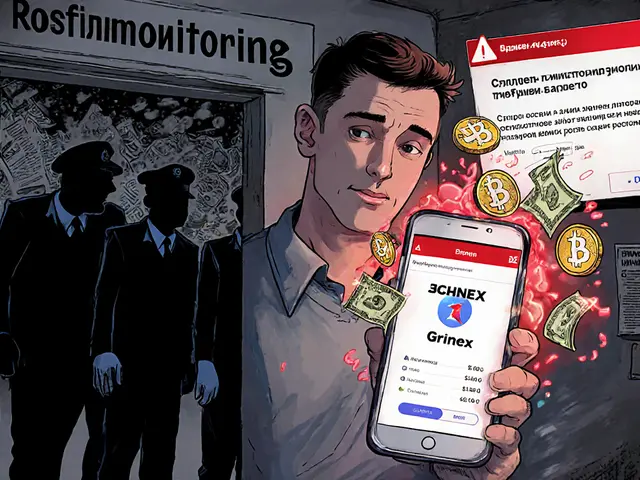Interoperability Protocols: How Blockchains Talk to Each Other
When you send Bitcoin to a Ethereum-based DeFi app, you’re relying on interoperability protocols, systems that enable different blockchains to communicate and transfer value without central intermediaries. Also known as cross-chain technology, these protocols are the invisible glue holding together today’s fragmented crypto world. Without them, your crypto would be stuck on one chain—like having a key that only opens one door in a city full of locked buildings.
These protocols don’t just move tokens. They let NFTs travel between games, let smart contracts trigger actions on other networks, and let users swap assets without leaving their wallet. But they’re not magic. cross-chain bridges, the most common tools for moving assets between blockchains have been hacked for over $2 billion since 2022. Why? Because they’re complex, often poorly audited, and built by teams with little accountability. Meanwhile, DeFi interoperability, the ability for lending, staking, and trading apps to work across multiple chains is growing fast—but only if users can trust the connections behind the scenes.
It’s not just about security. Interoperability affects how you use crypto every day. If you play a blockchain game and want to use your sword in another game, you need interoperable NFTs. If you’re using a stablecoin on Solana but want to lend it on Avalanche, you need a working bridge. And if you’re trying to avoid high fees on Ethereum, you need to move assets smoothly to cheaper chains—without losing them. That’s where the real challenge lies: making these connections fast, cheap, and safe. Most users don’t realize how often these systems fail silently—transactions stuck, funds locked, support nonexistent. The best protocols don’t just connect chains—they make the process feel seamless, even when it’s not.
Below, you’ll find real stories of what happens when interoperability works—and when it crashes. From meme coins pretending to be omnichain to gaming NFTs that actually move between worlds, these posts cut through the hype. You’ll see which bridges are risky, which chains are building real connections, and why some projects are just pretending to be interoperable. This isn’t theory. It’s what’s happening right now.






